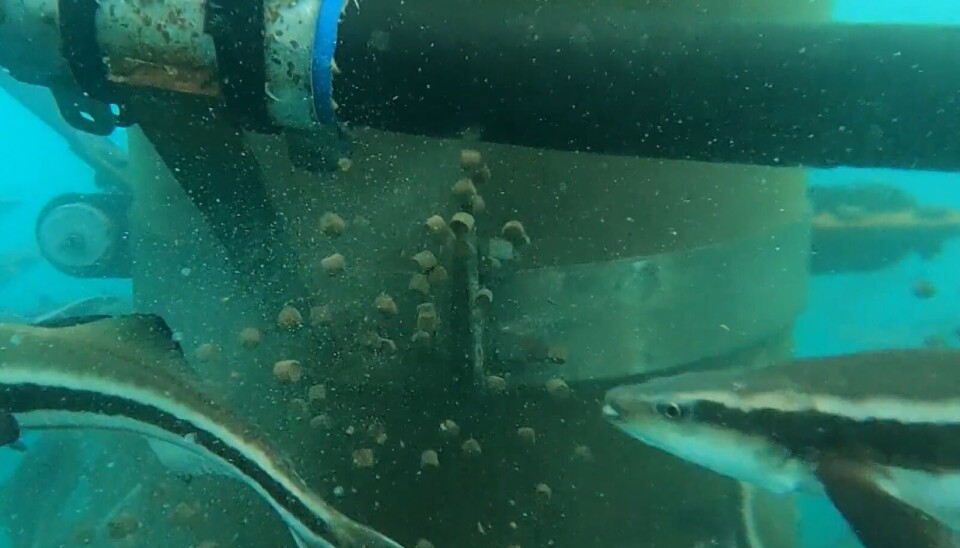
Innovasea launches waterborne feed system
US-based Innovasea has become the latest aquaculture equipment supplier to add a waterborne feeding system, the FlowFeeder, to its product range.
“FlowFeeder provides a better way to feed fish because it gets more pellets directly into the pen underwater,” said Langley Gace, senior vice president of Innovasea, in a press release.
“Rather than blowing feed pellets on to the surface above the fish pen where they can drift away, FlowFeeder delivers the feed at the depths where fish prefer to congregate. That means less waste and better feed conversion ratios, one of the keys to profitability at any fish farm.”
Less power
Innovasea said FlowFeeder requires less power than air-blown systems and can reduce energy costs by up to 50%, with farms that use diesel generators to power their feeding operations shrinking their carbon footprint as a result.
Waterborne delivery also reduces damage to feed pellets, which are often fractured when blown through pipes by an air compressor, said Innovasea.
“Air-blown systems are messy and leave behind a lot of dust and oily feed residue in the pipes,” said Gace. “That requires regular cleanings that drive up operational and maintenance costs and increase downtime on the feed vessel.”
More feeding days
FlowFeeder features a proprietary feed dispenser that can be placed at the ideal feeding depth for the species and is claimed to do a better job distributing the pellets throughout the pen for all fish.
Because the feed pellets are delivered at depth, FlowFeeder enables farm operators to feed even when there are heavy waves, strong currents, or surface threats such as harmful algal blooms or sea lice. Not only does that keep fish stocks safe, it also significantly reduces the number of lost feed days to help keep growth targets on track, said Innovasea.
FlowFeeder can be used with Innovasea’s submersible fish pens as well as traditional surface pens from other manufacturers. It can also be paired with BiomassPro and Innovasea’s feed optimisation technology to further improve feeding processes and maximise growth rates.























































